Few people enjoy going to the dentist—between 50% and 80% experience some form of anxiety or phobia. Combine that natural dread with your love for your pet and a fear of anesthesia, and you can easily see why many pet owners avoid scheduling their pet’s veterinary dental cleaning.
Unfortunately, neglecting your pet’s oral health can lead to significant—often invisible—suffering, including painful periodontal disease, and heart, liver, or kidney problems. Proper veterinary dental care is essential to avoid these preventable conditions, and to help your pet live a longer, healthier life.
The apprehension many owners feel about pet dentistry under anesthesia stems from a lack of understanding. Once owners know what “having a dental” means for their pet, and why anesthesia is necessary, they regret not doing it sooner. So, let’s take a look at 10 bite-sized features of a dental cleaning at Best Friends Veterinary Care.
#1: Preanesthetic screening tests for pets
If our veterinarians recommend a dental cleaning for your pet, they’ll evaluate your dog or cat’s health and organ function, to ensure they are fit for anesthesia. Preanesthetic testing starts with blood work, and may also include chest X-rays, electrocardiogram, or a urinalysis, depending on your pet’s age and health.
#2 Tailored anesthetic protocols for every pet
Every pet is unique, and so is their anesthesia. Prior to your pet’s dental procedure, our veterinarian will review their test results and perform a brief preanesthetic exam. From these assessments, they will customize your pet’s anesthesia, selecting the safest medications and dosages based on the pet’s individual needs. This tailored approach helps ensure that your pet experiences a consistently stable and pain-free anesthesia experience from start to finish.
#3: Preparing your pet for anesthesia
The veterinary technician follows the veterinarian’s orders, and draws up and administers the necessary premedication—a combination of sedative and pain reliever that calms and relaxes your pet. Premedication also reduces the inhalant anesthesia level required during the procedure, and keeps your pet comfortable while we place an intravenous (IV) catheter.
#4: Anesthetic induction and monitoring for your pet
When your pet is sleepy and calm, we begin general anesthesia by administering additional medication and securing their airway with a breathing tube (i.e., intubation). The tube maintains a continual exchange of oxygen and anesthesia for carbon dioxide, and ensures your pet cannot aspirate (i.e., breathe debris or fluid into their lungs). Your pet is immediately connected to electronic monitoring devices, and continually supervised by a dedicated veterinary technician.
#5: Dental X-rays look below your pet’s gum line
Similar to your own dentist visit, we take full-mouth dental X-rays, to visualize the root structure, bone, and various attachments holding the tooth in place. X-rays are essential for detecting early periodontal disease, tooth resorption, broken roots, and other painful pathology.
#6: Scaling and polishing your pet’s teeth
While your pet’s veterinarian reviews their dental X-rays, our veterinary technicians use an ultrasonic scaler to safely break away the visible calculus and invisible plaque adhering to your pet’s teeth above and below the gum line. After scaling, all surfaces are polished to remove microgrooves or abrasions, and deter plaque buildup.
#7: The veterinary oral health exam
If you haven’t yet realized that anesthesia is crucial to a comprehensive pet dental, you will now! Your veterinarian now evaluates your pet’s entire oral cavity, including teeth, gums, tongue, hard and soft palate, and upper airway, looking for any abnormalities, obvious damage, or tissue changes. Each tooth perimeter is probed to measure gingival pockets (i.e., gaps between the tooth and gum that indicate periodontal disease).
#8: Pet dental extractions or surgery
Depending on your pet’s dental X-rays and their oral exam, dental extractions (i.e., tooth removal) or other procedures may be necessary. Before any painful process, we numb the area with local anesthetic, to ensure your pet’s comfort. Your pet’s veterinarian will use gentle techniques and state-of-the-art instruments to remove damaged teeth or tissue, and perform therapeutic or surgical procedures as needed.
After extractions, X-rays are repeated to confirm complete root removal. Surgery sites are closed with small-gauge absorbable sutures, to accelerate healing and prevent infection or pain.
#9: Your pet’s post-dental recovery
Anesthesia recovery can be a sensitive time for pets, so we provide continuous hands-on monitoring until your pet is fully awake. Because recovering pets can be sensitive to sound and light, they are placed in quiet, comfortable cages where they won’t be overstimulated. We continue to assess your pet’s vitals and pain as they become more alert, and contact you when they are ready for discharge.
#10: At-home pet dental care
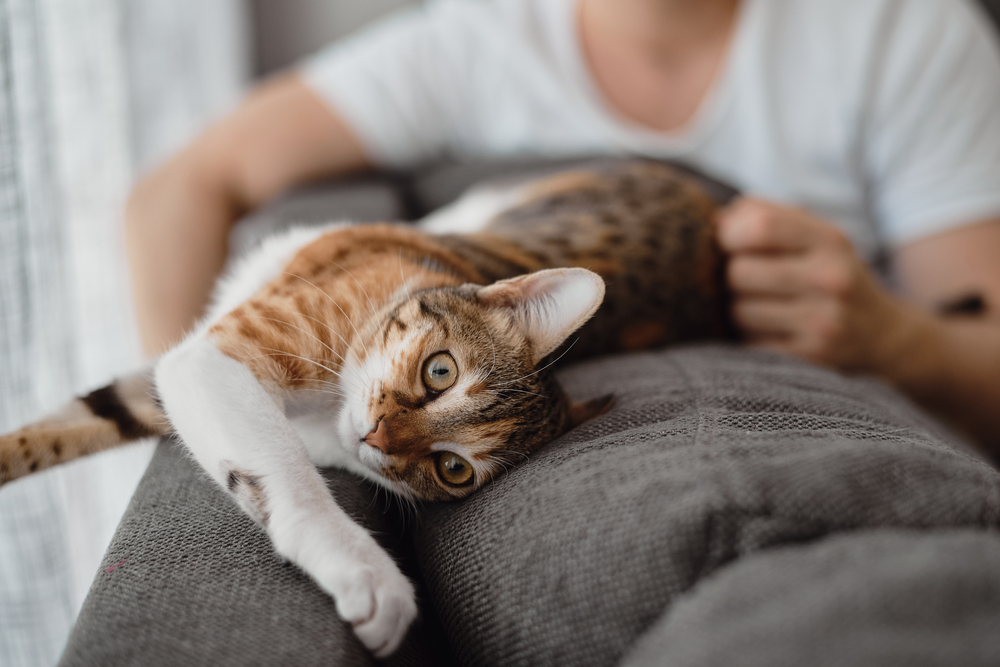
Pet owners are pleased to learn that dogs and cats feel rapid relief after diseased or broken teeth are removed. However, healing doesn’t happen without help, so we’ll provide specific after-care instructions and schedule a recheck to ensure a complication-free recovery.
If your pet receives a clean bill of dental health (i.e., no extractions or procedures), we’ll provide tips for at-home care, including effective products for preventing plaque and tartar buildup.
Anesthesia is never completely risk-free, but is essential for effective veterinary dentistry, and Best Friends Veterinary Care takes every precaution to ensure a safe, pain-free, and peaceful experience for your pet. Don’t let fear and anxiety prevent you from addressing your pet’s oral health—contact us to discuss any additional concerns, and to schedule your pet’s dental consultation.



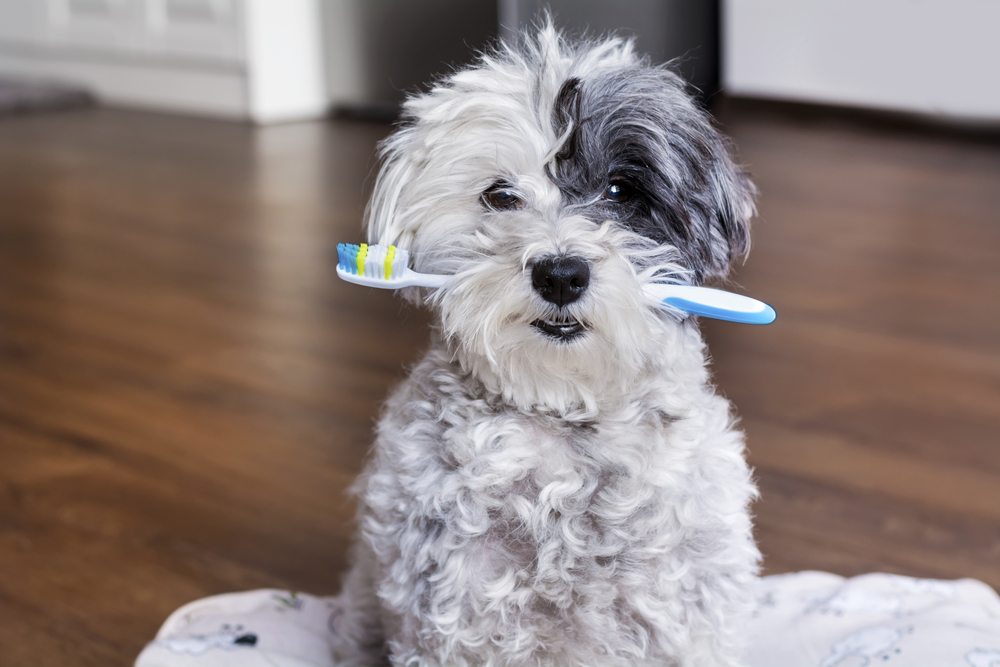
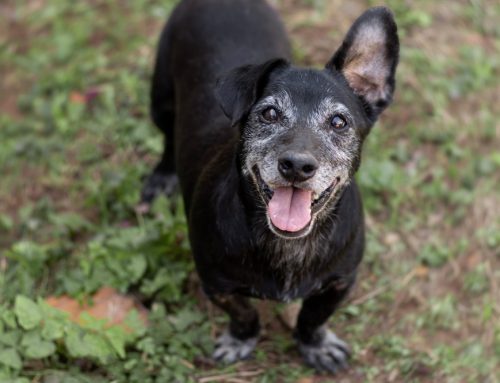
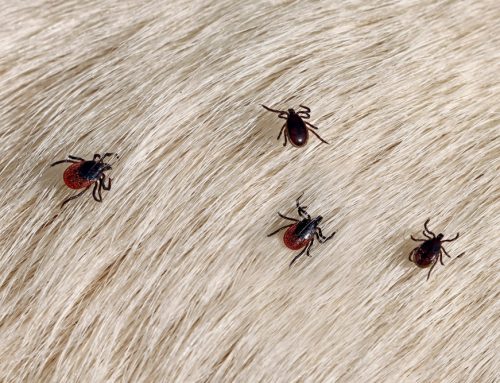
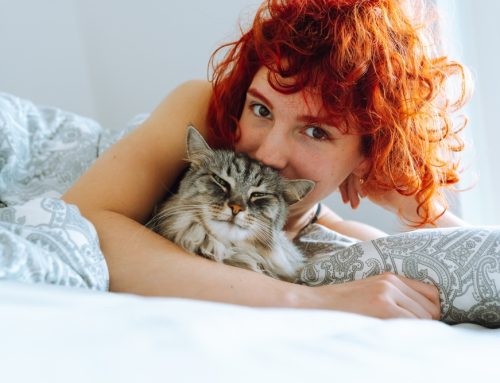

Leave A Comment